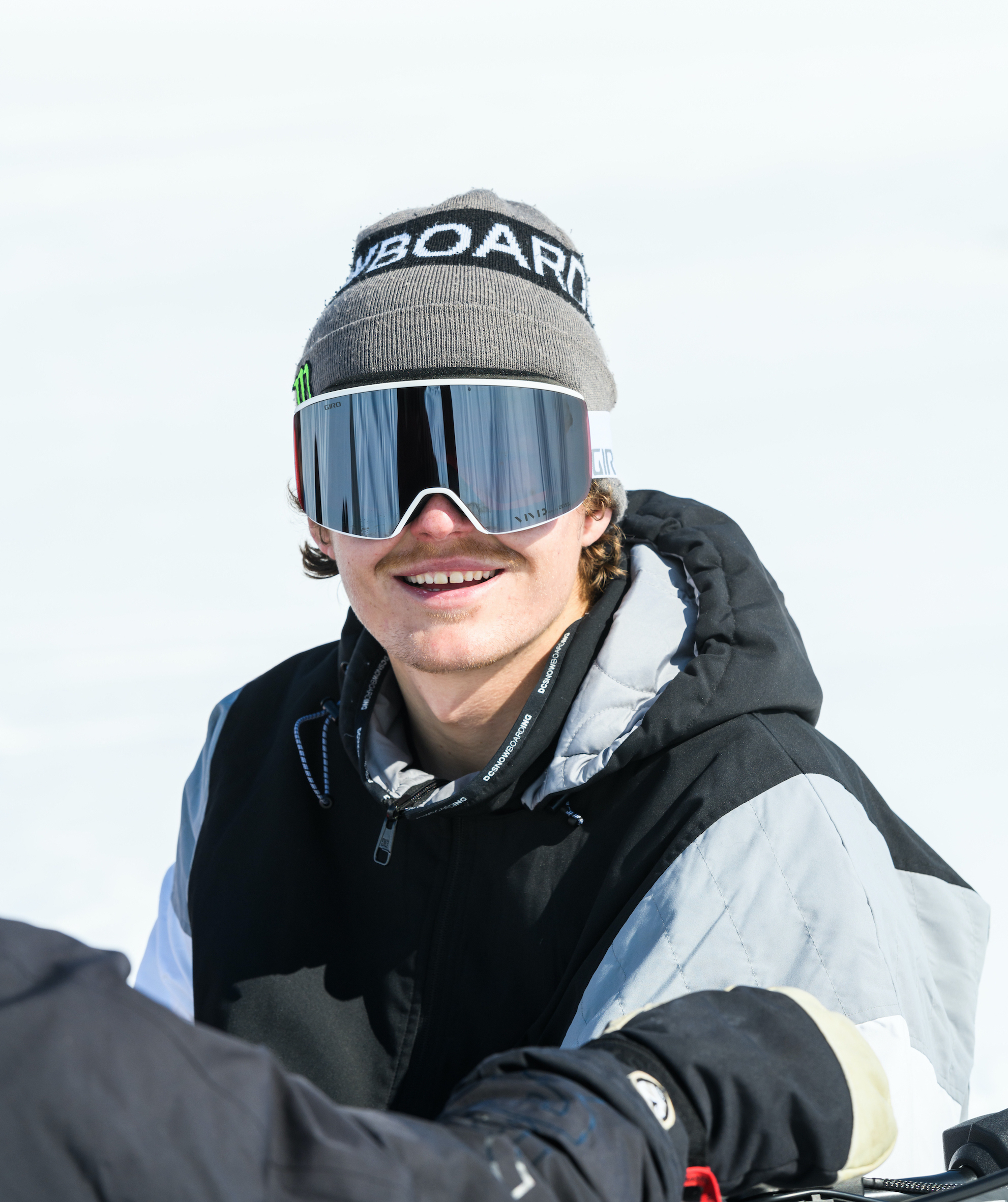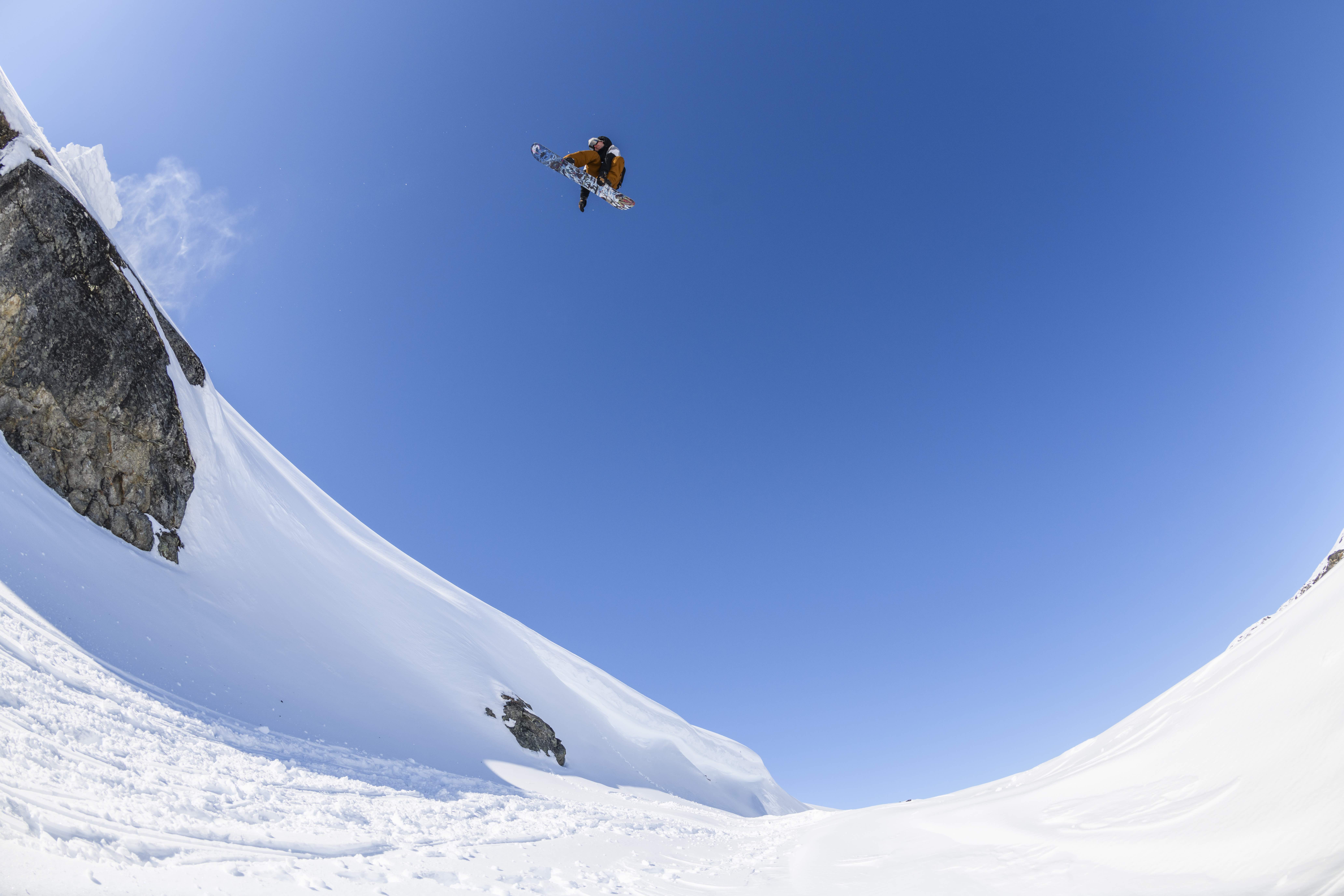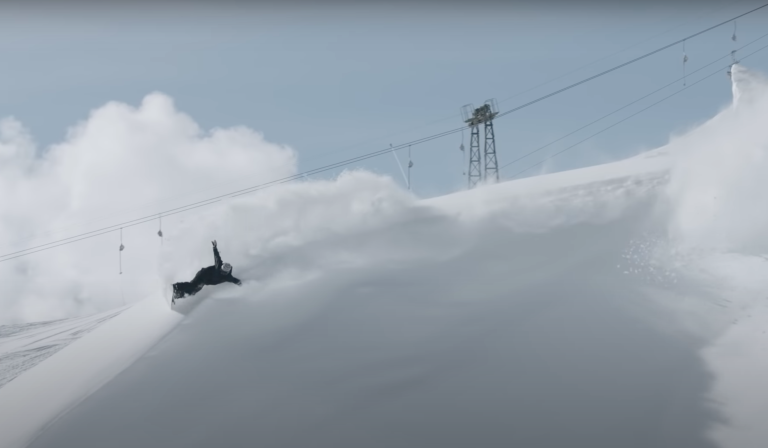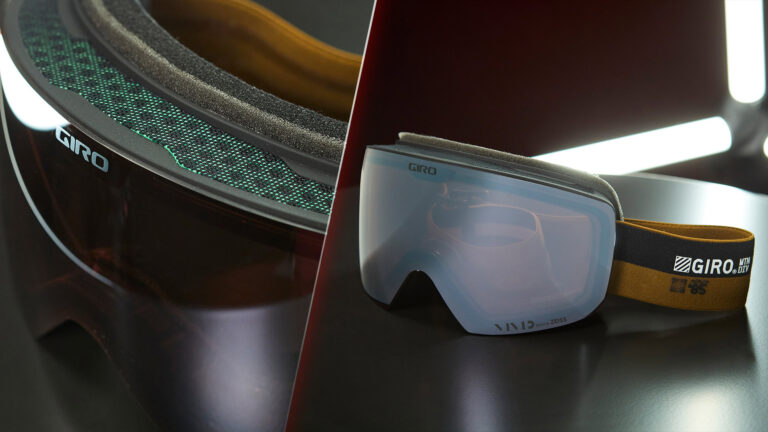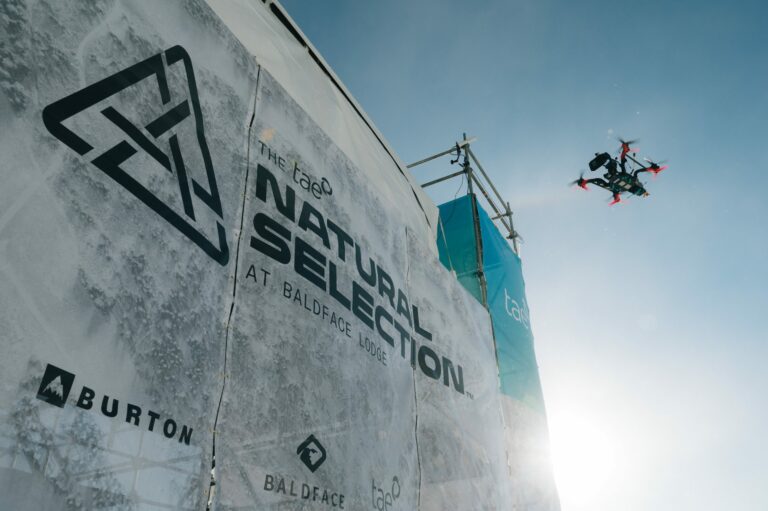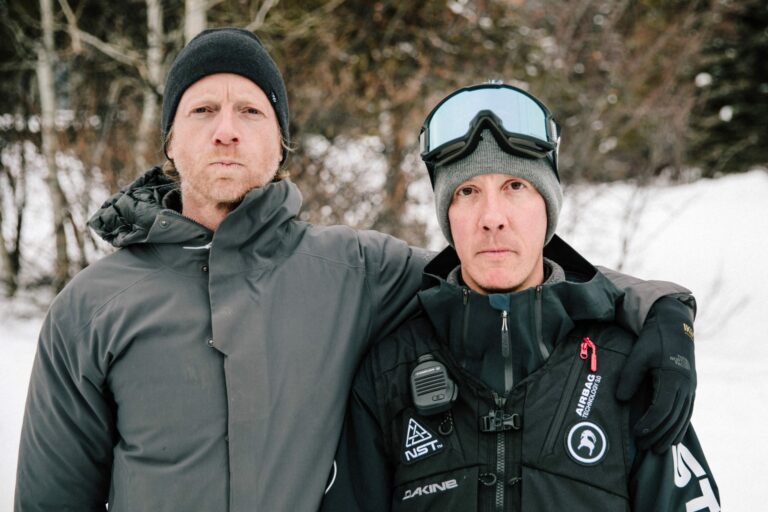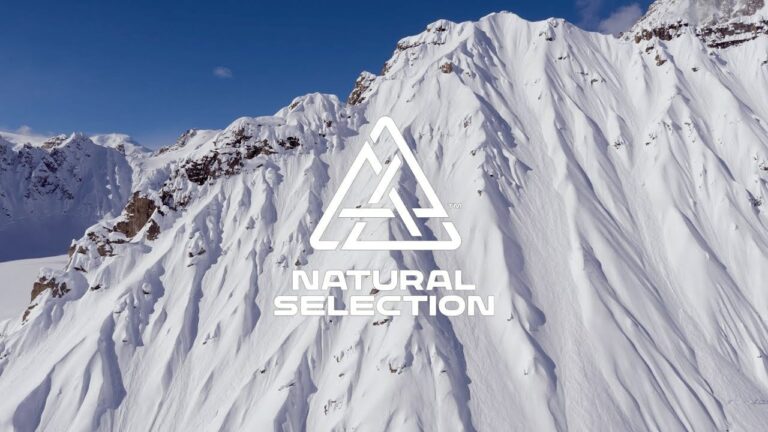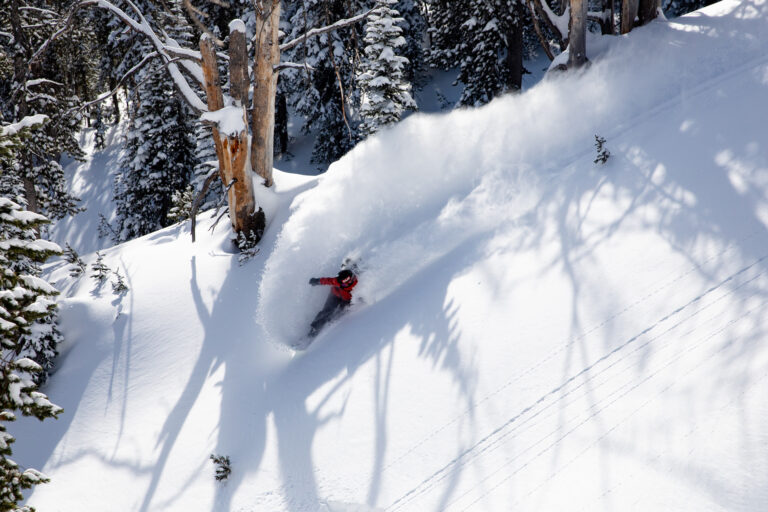Above: Sebbe de Buck soars high in Riksgransen (Photo: Alex Roberts)
‘What’s for ye will no’ go by ye’, say the Scots. In France it’s ‘que sera sera’. We don’t know if there’s an equivalent expression in Flemish that encourages the acceptance of one’s fate – but if there is, it’s one that Sebbe de Buck will have had reason to reach for in recent weeks.
Hopefully you’ve got the stamina for yet another Olympic-related controversy. Here goes: after governing body FIS amended the qualification criteria due to COVID-19 restrictions without properly communicating the changes, Belgium’s finest dropped thirty places in the rankings overnight. So sure was he of making the cut that he’d skipped several World Cup events, but now his shoo-in appearance at Beijing was unexpectedly under threat. Despite a late scramble for FIS points, taking in trips to Calgary, Mammoth and Laax, he missed out on a second Olympics by a single spot.
Unjust? Probably. Frustrating? Certainly. However, there are three reasons why what looks like a cruel twist of fate may just have been a blessing in disguise for Sebbe. Firstly, it meant no chance of being caught up in the slopestyle final’s judging-controversy fallout. Secondly, it meant he could say yes to a Natural Selection invite that he’d otherwise have had to pass up. Finally, it presented an opportunity for change.
“He’s managed to successfully balance contest obligations with filming for years now. Getting to that point was no easy road, however”
“So last week before I came back out to the mountains, I told the [Belgian snowboard] federation I’m done with it. I’ve been trying to find the time for the last couple years to make that transition as smooth as possible.”
As we speak, Sebbe is in Laax with the Beyond Medals crew, working on the latest in their series of mid-length epics. That hail-mary attempt to make it to Beijing has pushed the schedule back a bit, but in general he’s managed to successfully balance contest obligations with filming for years now. Getting to that point was no easy road, however; growing up near Antwerp as a “super hyped young kid who just wanted to snowboard every day”, the chief route to doing that as a career lay with the national team. Naturally that came with all sorts of expectations and limitations, adjusting to which caused a lot of friction.
